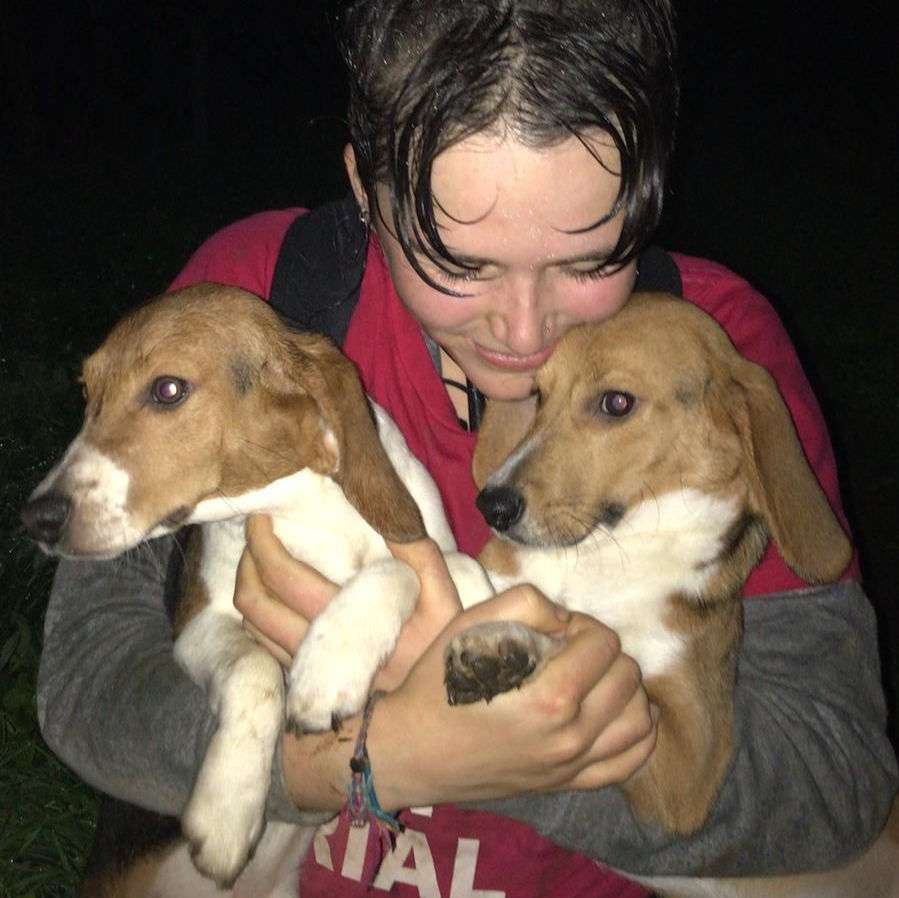Horse Racing: A Summary From Animal Rising
- Animal Rising Press

- Apr 21, 2023
- 3 min read
Updated: Jun 3, 2024

A horse undergoing surgery [Photograph: Dan Kitwood/Getty Images]
2600 horses have died from horse racing since 2007 [1].
88 horses have been killed by the Grand National since it started 184 years ago [2].
According to a University of York study, over half of those under 40 would not consider attending horse races due to welfare issues. The same study stated that attendance declined by over 500,000 from 2015 to 2019 [3].
In 2021, more than half of all horses slaughtered in the UK held racing passports [4]. Horse passports are used to ensure that horses entering the human food chain haven’t been treated with veterinary medicines harmful to human health. Government guidance states “You should think carefully before signing your animal out of the food chain. Once you’ve signed the passport, you cannot reverse this declaration. It might be more difficult to dispose of your horse when it dies.” [5]
Wind surgery (WS) is carried out on horses in a bid to improve their breathing while racing, and can involve either tying-back, or removal of the entire left vocal cord and sack behind it [6]. Until 2018, the information on the horses that had undergone this surgery was kept secret. Despite objections from the National Trainers Federation (NTF), from January 2018 trainers have been forced to declare if a horse has undergone wind surgery [7].
Horse racing is the third largest water consumer in the UK leisure industry. Climate change is already believed to be impacting horse racing; between 2017 and 2019 there were 91 racing fixtures abandoned because of waterlogging and 14 thanks to hard ground [8].

Horses traveling by ‘economy’ flight [9]
Horses are flown around the world to be raced, during transit there are usually a group of 3 inside a 3.18m x 2.4m x 2.4m (LWH) flight box with no room to turn around or lay down [10]. During flying, horses can get shipping fever, an infection brought on by long distance travel that can become serious very quickly [11].
It is generally not possible for humans to ride horses until they have undergone a process called ‘breaking in’. This process can take up to 10 weeks, and it’s deemed normal for them to lose weight during this time [12].
In order for a rider to exert control over a horse, a metal ‘bit’ is often used that sits between their two sets of teeth. This has been found to cause bone spurs and inflict pain to the horse’s mouth, face, eyes, and ears, as well impairing their breathing. An Animal Cognition and Learning professor at Tufts University in America claims that a ‘bit’ programs the throat for swallowing: “It breaks the lip seal, opens the mouth, admits air, moves tongue and jaw, and triggers salivation… Use of a ‘bit’ sends conflicting messages to the horse’s brain — to eat or exercise? In fact, the ‘bit’ harms just about every bodily system except the reproductive.” [13]
In the wild, horses are free to move as they see fit, with studies finding that they can travel up to 28 km each day [14]. The BHS minimum recommendation for a standard horse stable is just over 13 m², roughly twice the size of a single occupancy human prison cell in the UK (6 m²) [15][16]. Horses are highly social animals that can suffer both physically and mentally from a lack of interaction with companions of the same species; in the wild they would live in a herd made up of roughly a dozen individuals [17].
A handicap race means that lead weights have been added to the horse’s back, in addition to the saddles and jockeys, to ensure an evenly-contested race. This is in order to “...produce the drama and shock wins punters thrive on.” [18].
ENDS.
Word Count: 639
For more information or further comments, please contact:
Nathan (Press Back Office) 07466114387
Notes to Editors:


